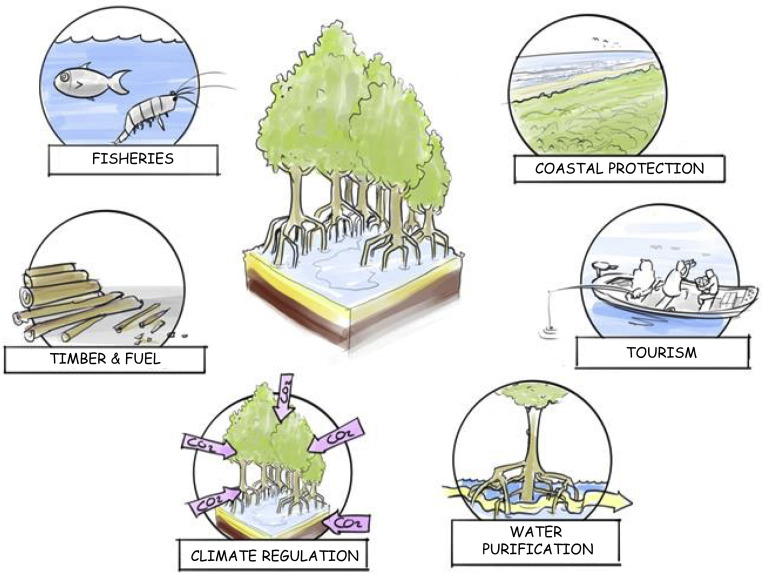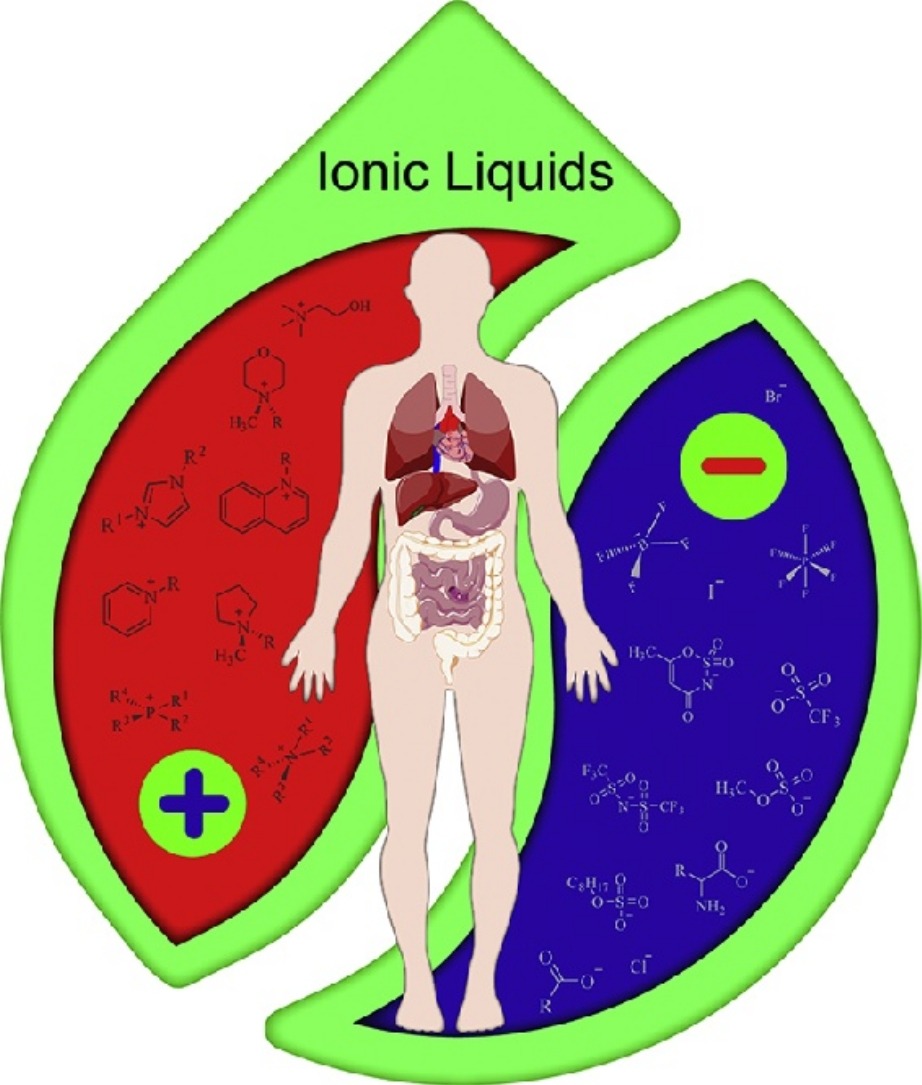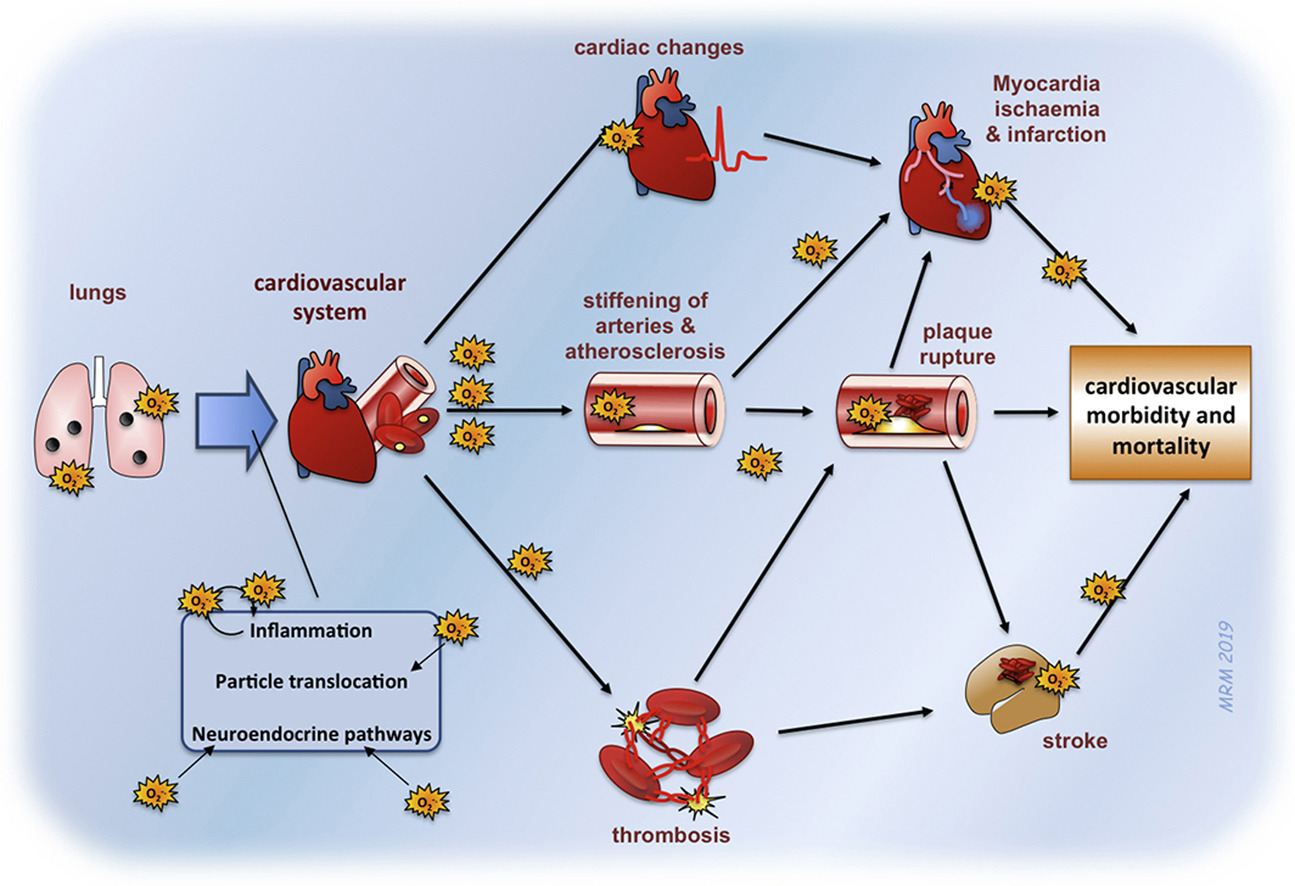One Earth, Volume 2, 22 May 2020
Mangrove forests are found on sheltered coastlines in tropical, subtropical, and some warm temperate regions. These forests support unique biodiversity and provide a range of benefits to coastal communities, but as a result of large-scale conversion for aquaculture, agriculture, and urbanization, mangroves are considered increasingly threatened ecosystems.
The Lancet Global Health, Volume 8, May 2020
Asian Journal of Surgery,
Volume 44, Issue 1,
2021,
Pages 158-163,
Mitochondrion, Volume 52, May 2020
19th April 2020




